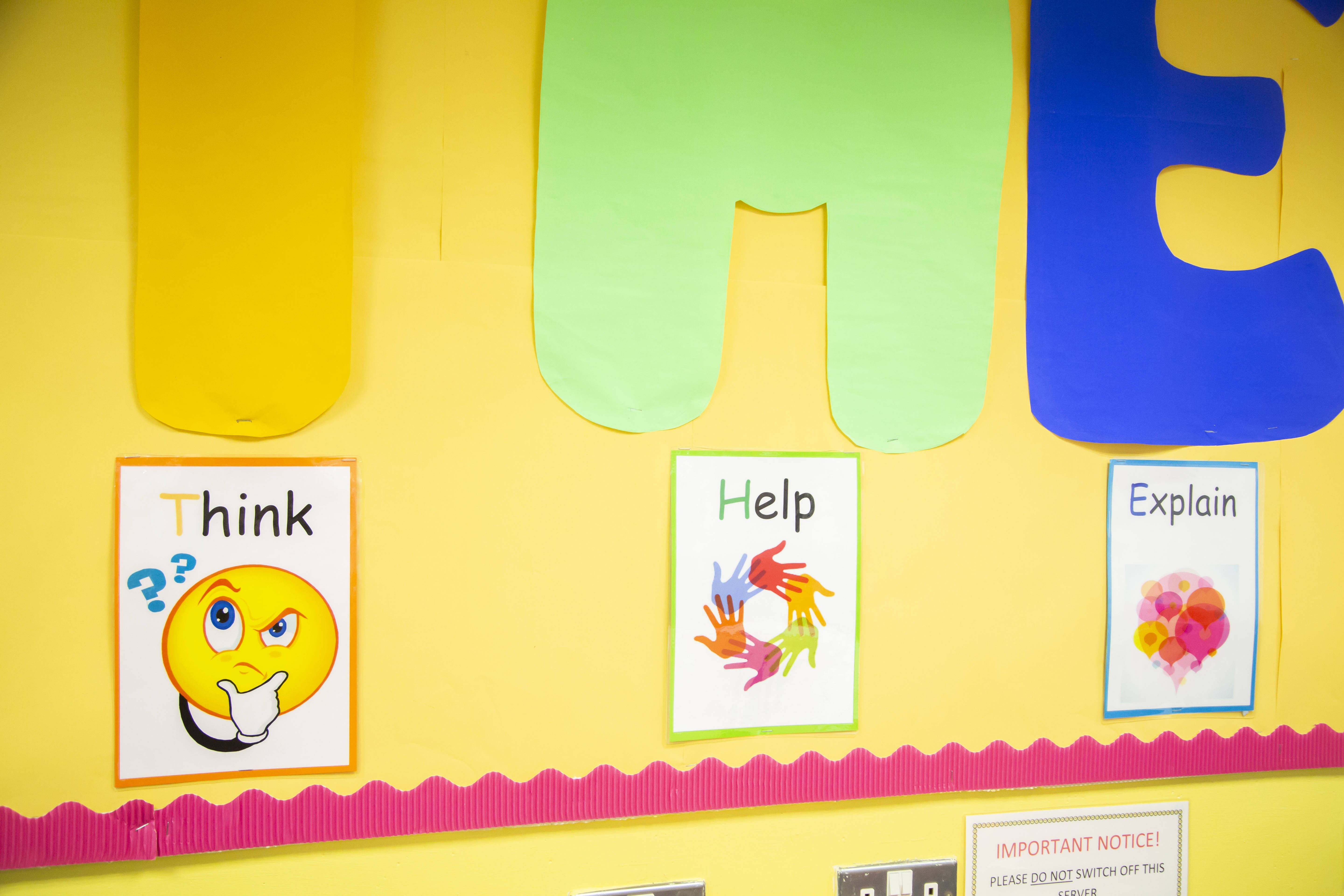Child abuse and neglect
Child maltreatment is any action causing potentially significant harm to a child or young person which often occurs within the context of relationships of power and trust. Maltreatment can be initiated by an adult or a child or young person. It can involve physical, sexual, verbal or emotional abuse; neglect or exploitation.

Research from the NSPCC estimated that 5.9% of children under 11, 18.6% of 11 to 17-year-olds and 25.3% of 18 to 24-year-olds had experienced severe maltreatment by a parent or carer at some point in childhood. However, these findings are now more than 10 years old.
Studies consistently show that only a minority of children and young people who are maltreated are identified. We also know that many children and young people experience more than one type of maltreatment at the same time.